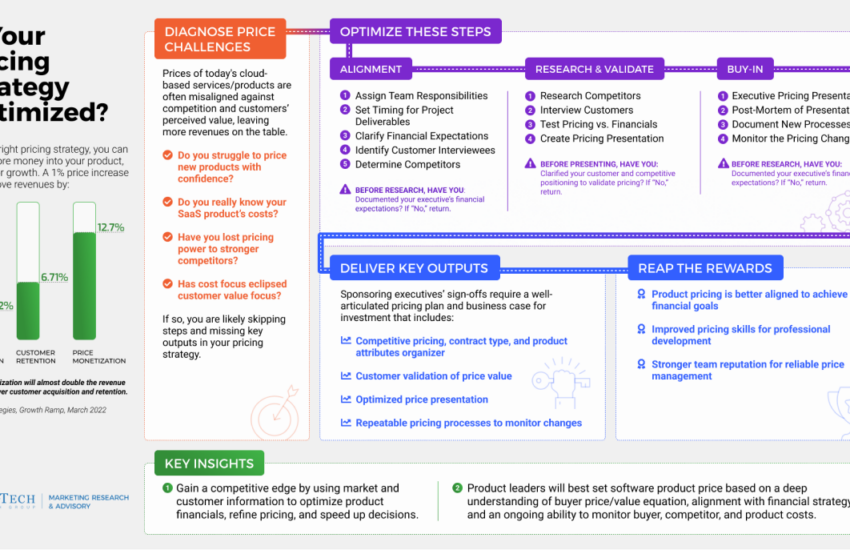Optimalizovat soutěžní návraty
In today’s fast-paced business environment, optimizing competitive returns is crucial for staying ahead in the market. Many companies struggle to understand how to effectively analyze and maximize their competitive returns. This guide will help you uncover the strategies needed to enhance your returns while meeting the dynamic demands of your audience. Throughout this article, we’ll explore various facets of optimizing competitive returns, including practical strategies, industry best practices, and key metrics to measure success.
The primary keywords we’ll focus on include competitive returns, optimization strategies, and performance metrics. You will learn what competitive returns entail, how to improve them, and the essential tools and indicators for tracking your progress. Here’s an overview of what we’ll cover:
- Understanding Competitive Returns
- Key Strategies for Optimization
- Measuring Performance and Success
- Common Challenges and Solutions
- Case Studies
- Future Trends in Competitive Returns
In this journey, we will ensure to highlight valuable insights and actionable steps that you can implement immediately. By the end of this article, you will be well-equipped to optimize your competitive returns and drive your business toward its goals.
Understanding Competitive Returns
Competitive returns refer to the financial gains that a company achieves in relation to its competitors in the same market. To truly grasp the concept, consider the definition of returns:
“Returns are the profits earned on an investment relative to the amount invested.”
Understanding how to benchmark your returns against your competitors is critical. Competitive analysis helps identify strengths, weaknesses, opportunities, and threats (SWOT) related to your business and its competitors.
The Importance of Competitive Returns
- Market Positioning: Competitive returns help establish your position in the market.
- Resource Allocation: Understanding returns aids in making informed decisions about resource allocation.
- Strategy Development: Competitive returns serve as a foundation for developing growth strategies.
Key Metrics for Assessing Competitive Returns
Some of the key metrics used to evaluate competitive returns are:
- Return on Investment (ROI)
- Market Share Growth
- Customer Acquisition Costs
- Revenue Growth Rate
By focusing on these metrics, businesses can better understand how their returns compare to their competitors.
Key Strategies for Optimization
Once you have a firm grasp on competitive returns, the next step is to implement strategies that can optimize those returns. Here are some actionable strategies you can adopt:
1. Utilize Data Analytics
Data analytics plays a significant role in understanding customer behavior and preferences. By leveraging analytics tools, businesses can:
- Identify trends
- Segment their audience effectively
- Make data-driven decisions
2. Improve Customer Experience
Customer experience (CX) is more relevant than ever. Optimizing your CX can lead to higher customer retention rates, which in turn boosts competitive returns:
- Streamline the purchase process
- Enhance customer support
- Use feedback to make improvements
3. Diversify Your Product Offerings
Offering a diverse range of products can attract different customer segments and optimize returns. Consider:
- Adding complementary products
- Introducing premium versions of existing products
- Exploring new markets
Measuring Performance and Success
Once strategies for optimizing competitive returns are implemented, measuring performance is crucial. This section will cover various tools and techniques for tracking success.
Performance Tracking Tools
Some effective tools for measuring competitive returns include:
- Google Analytics for website performance
- CRM systems for tracking customer relations
- Finance software for ROI calculation
Setting KPIs
Key Performance Indicators (KPIs) provide measurable values that demonstrate how effectively a company is achieving its objectives. Consider using these KPIs to gauge success:
- Net Profit Margin
- Customer Lifetime Value
- Sales Growth Rate
Common Challenges and Solutions
Though optimizing competitive returns is essential, challenges arise along the way. Here are a few common issues and their respective solutions:
Identifying the Right Metrics
One of the significant challenges is selecting the most relevant metrics. Ensure your metrics align with your business goals and customer needs.
Data Overload
With so much data available, filtering through it can be overwhelming. Leverage analytics tools that provide actionable insights without inundating you with information.
Case Studies
Real-world examples can be insightful. Reviewing case studies of successful businesses that optimized their competitive returns can offer valuable lessons.
Case Study: Brand X
Brand X saw a significant increase in competitive returns after implementing a customer feedback loop that enabled them to adjust their product offerings based on customer input.
By following their roadmap, you can devise your strategy for enhancing your returns.
Future Trends in Competitive Returns
The landscape of competitive returns is continually evolving. Keeping an eye on future trends can help businesses position themselves advantageously. Consider the rising importance of sustainability and ethical practices becoming a key factor influencing consumer choices and, hence, competitive returns.
Technological Advancements
Moreover, advancements in technology such as machine learning and AI can help businesses predict trends and customer behaviors more accurately.
Final Thoughts
Optimizing competitive returns is an ongoing journey that requires careful analysis, strategic planning, and continuous monitoring. By understanding competitive returns, implementing key strategies, measuring your success, and addressing challenges, you can propel your business toward achieving superior returns.
For further insights, explore our related articles on competitive analysis strategies and the importance of market positioning. Additionally, take advantage of visual aids that enhance understanding, such as this informative image:

By implementing the strategies and insights discussed in this article, you will be equipped to tackle the complexities of competitive returns while positioning your company for sustained growth and success.
